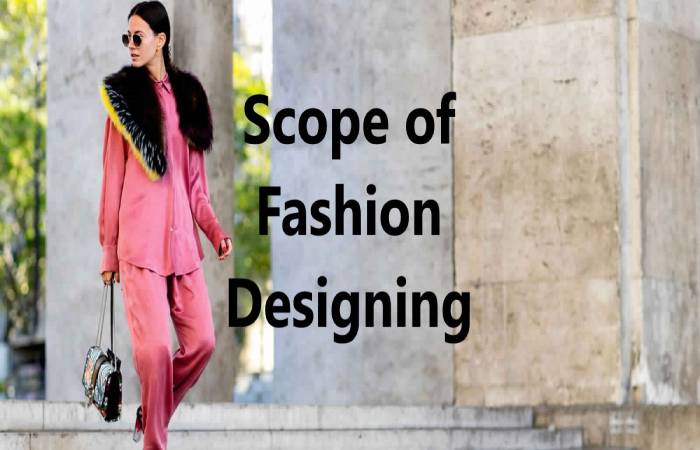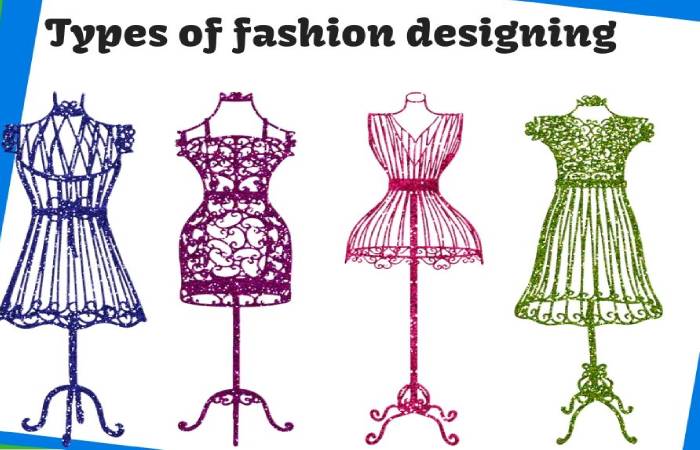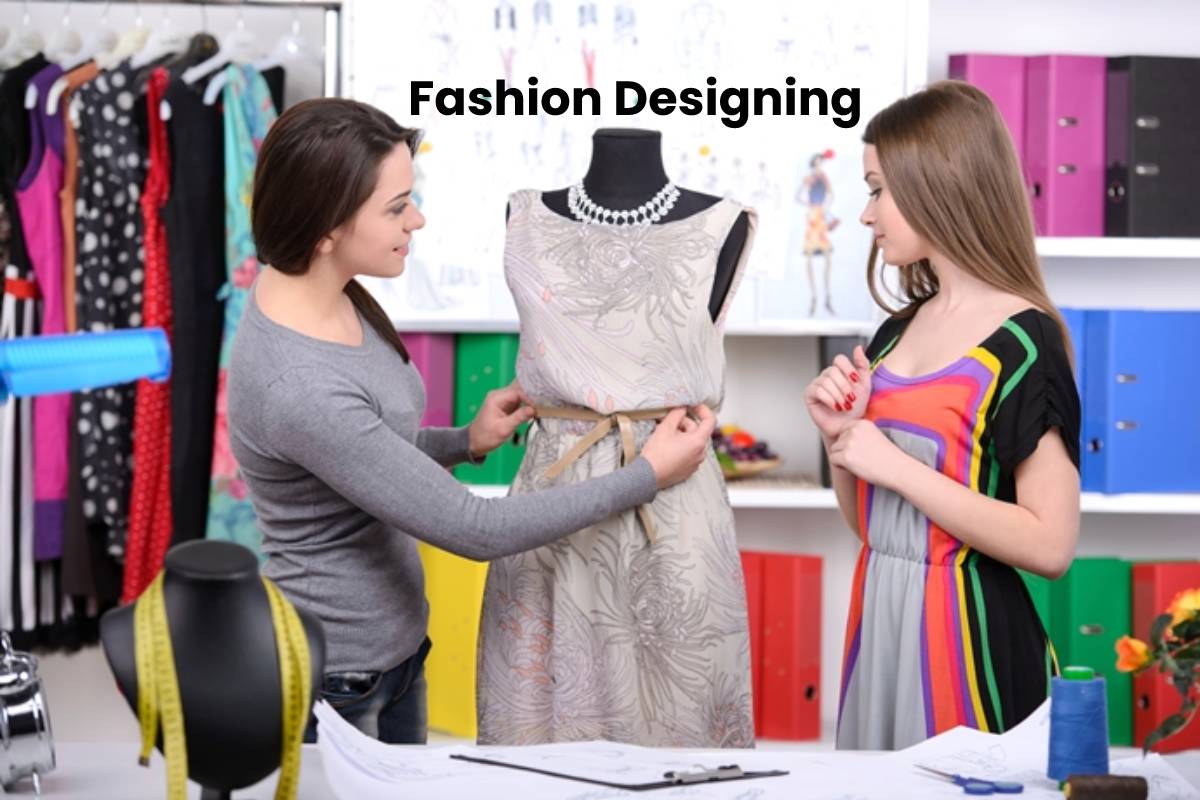Table of Contents
Fashion Designing Definition
Fashion designing has become very general in India in the previous few years, and many persons are now seeing it as a career choice. With economic prosperity, the regular income of Indians increase.
Hence, people have better lifestyles than in the past, and they can afford to spend more on their attire. As a result, there an increasing demand for professionals who can design and create new garments, dresses and attires to cater to people’s tastes from different walks of life.
A career in fashion designing is considered financially rewarding and has become very popular with creative mindsets. It is generally looked at as a field full of glamour, though the area is full of intense competition and tremendous challenges.
However, there is a broad scope of fashion designing in India as well as abroad. Fashion designing students enjoy a lot of selections once they complete their fashion designing professional studies.
The scope of fashion technology not only limited to garments. It covers many other features such as jewellery, accessories, footwear, etc.
Scope of Fashion Designing Professions in India

Fashion designing aspirants can choose for a variety of professions, and the most popular among them are as follows:
1. Fashion Designer
- They create new products for the latest trends that are currently prevailing in the marketplace. In this part, fashion designers are the key players when it comes to the fashion industry.
- And also, suppose you are creative, think out of the box, hard-working, and handle all kinds of pressure with a positive attitude.
- In that case, you will suitably reward for your aptitude with a fulfilling vocation as a fashion designer.
2. Fashion Illustrator
- A fashion illustrator’s accountability is to prepare the preliminary sketches of the idea expressed by the fashion designer.
- To prepare the graphics, the designers explain to the illustrator what they want.
- An illustrator is someone who assistances in bringing to life the ideas and formations of the fashion designer.
3. Fashion Stylist
- The fashion stylist’s job is to maintain the makeup, dress code, hairstyle, etc., for making sure that the models active in a fashion show look their part.
- They are the people who assist the models dress and prepare to showcase the formations of designers in different fashion shows.
- Given the upsurge in fashion shows in India and abroad, fashion stylists are in great demand these days.
4. Fashion Coordinator
- The fashion manager has the responsibility of managing the arrangements and the marketing policies of a fashion designing house or company.
- They are in no way related to the task of designing.
- Their responsibilities comprise organizing fashion shows, publicity products, etc.
5. Fashion Consultant
- They are individual consultants who assist their clients enhance or grow their personal and professional images.
- A fashion consultant wants to be fully conscious of the trends and the transitions happening in the industry.
- And also, should know about fashion designing to assist the clients in achieving the required personal or professional image through fashion makeover.
6. Fashion Merchandiser
- Fashion merchandisers need to study fashion trends for determining various strategies through which a provider of fashion product or a retail store can merchandise.
- Analyzing the past latest trends and sales data are some of the key deliverables of this role.
- These professionals must possess the knowledge of fabrics, fashion trends, hues, textures, market demand of fashion products, production procedures etc.
Types of Fashion Designing

There are three main types of fashion designing, although they can divide into other, more specific categories:
1. Haute Couture
- The type of fashion that predominated until the 1950s was “made to measure” or haute couture ( French for “haute couture”). The term “made to order” can be used for any garment create for a particular customer.
- However, Haute couture is a protected term that companies can only use that meet specific standard well defined by the Chambre Syndicale de la Couture.
- However, many “ready-to-wear” and even mass-market clothing brands claim to create haute couture, which by the standards is false.
- An haute couture garment made by order of an individual customer and usually made from expensive, high-quality textiles, crafted with extreme attention to detail and finishing, usually using time-consuming hand-made techniques.
2. Ready-to-wear Fashion
- Ready-to-wear (or ready-to-wear ) fashion is a middle ground between haute couture and the mass market.
- And also not made for individual clients, but great caretake in the choice and cut of the fabric.
- The clothing is made in small quantities to ensure exclusivity, which is why it is rather expensive.
- Ready-to-wear collections usually presented by fashion houses each season during a period known as ” fashion week ” that takes place twice a year.
3. Mass Market
- Today the fashion industry relies primarily on mass-market sales. The mass market meets the needs of a wide range of customers, producing ready-to-wear clothing in large quantities and standard sizes.
- Cheap materials used creatively create affordable fashion. Mass market designers generally adapt the techniques set by famous names in the fashion arena.
- They usually wait a season to ensure that a particular style will be successful before producing their versions.
- To save time and money, they use cheaper textiles and more straightforward production techniques efficiently executed by a machine.
- The final product can sell at a much lower price than a product from either of the other two production methods.
4. Computer Fashion Design
- In recent years, new techniques have appeared that make it possible to shorten the garment design process.
- These techniques include computer-aided design under the acronym CAFD (Computer-Aided Fashion Design).
Conclusion
The costume designer is responsible for designing clothing and accessories created within the influences, cultural and social of a specific period. And also, it represents the style and idea of the designer according to his talent and knowledge.
It should not be confused with tailoring or tailoring because although fashion design closely links to these, it is a different task.

